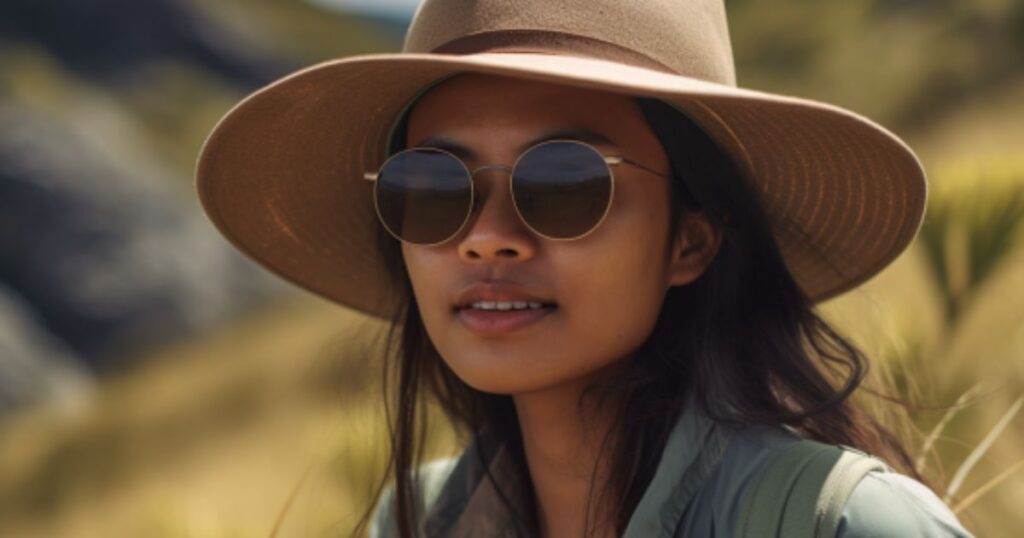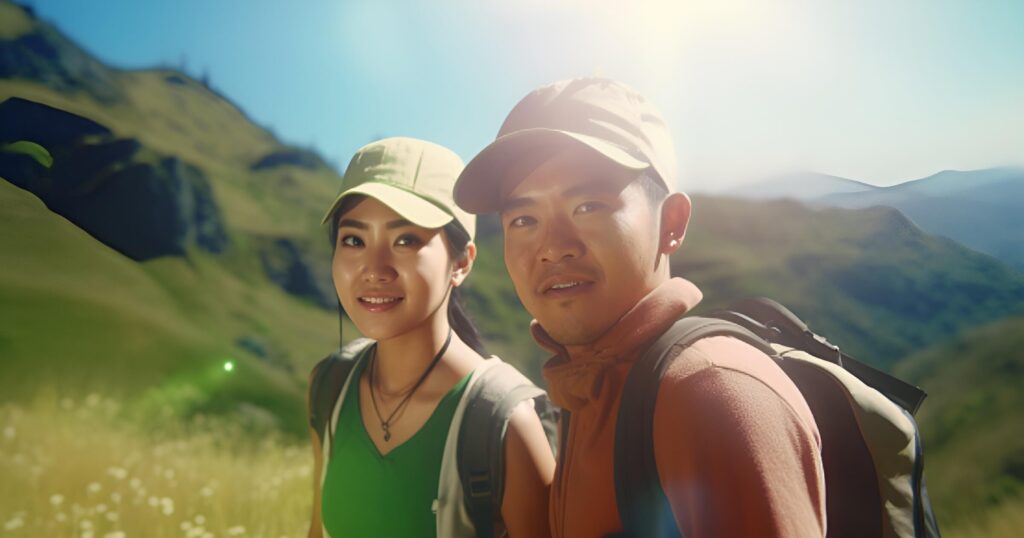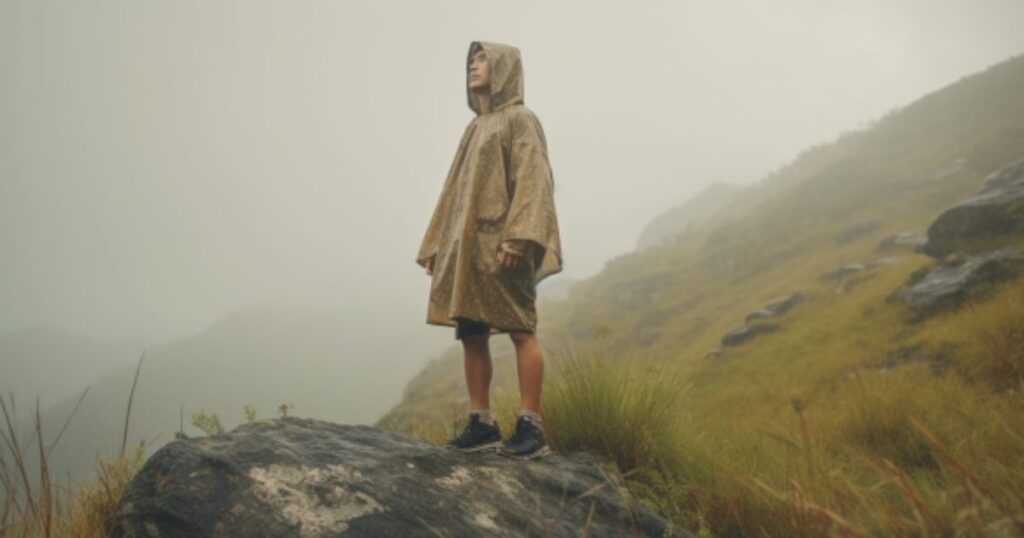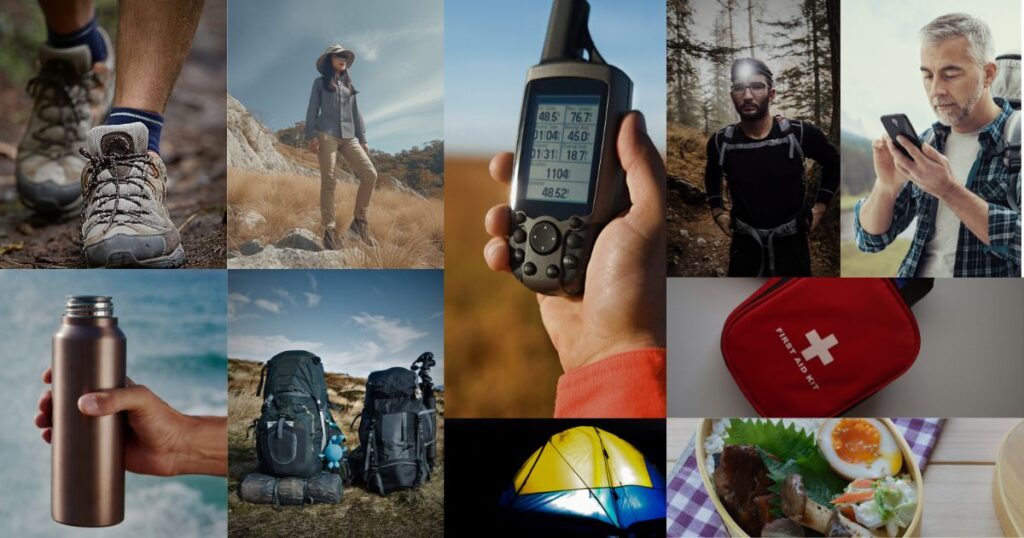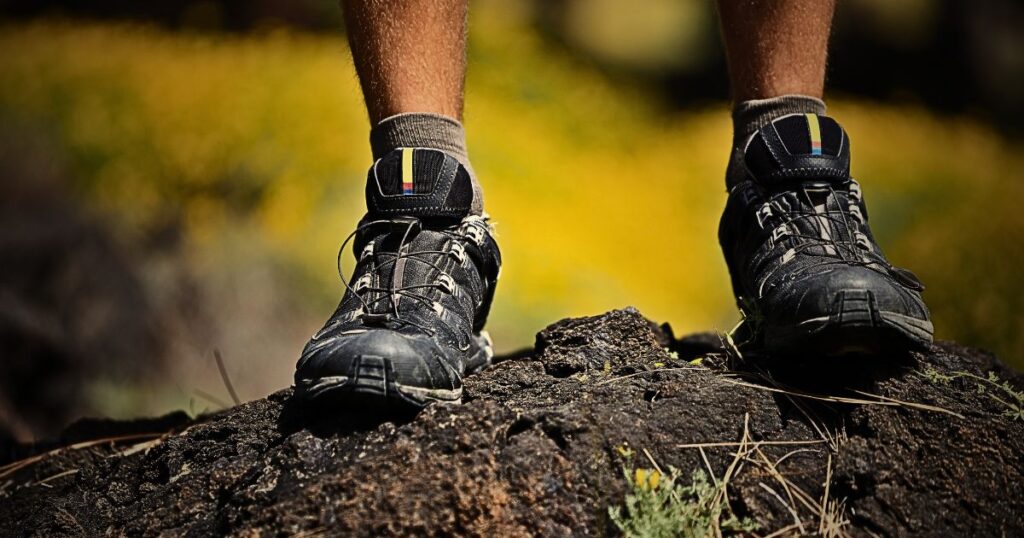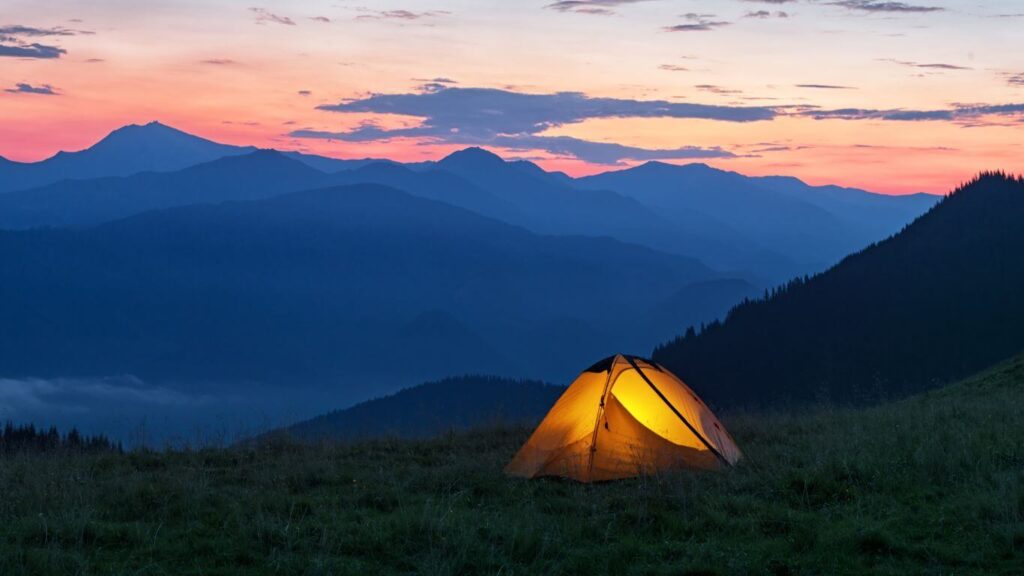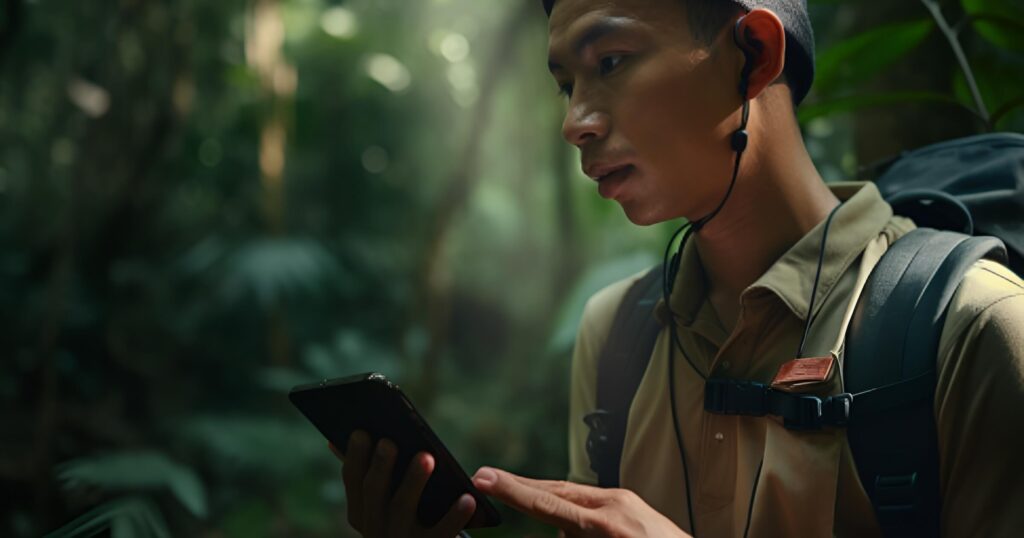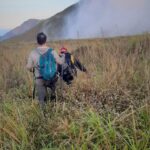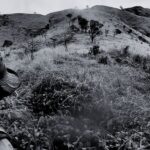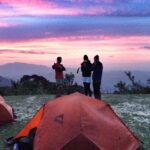- Provides excellent protection from the elements, including rain, wind, and insects.
- Offers privacy and security, as tents usually have zippered doors and windows.
- Provides insulation, keeping you warm during colder nights.
- Comes in different colors, sizes, accommodating solo hikers or larger groups.
- Easy to set up with minimal experience.
PORTABLE WILDERNESS SHELTERS
Explore the wild wonders of the Philippines with these top 5 portable shelters for camping! Stay sheltered in style with tents, hammocks, and more. Get ready for an epic outdoor adventure!
1. TENTS

Tents are the most traditional and popular type of shelter for camping. They come in various sizes, shapes, and materials, making them versatile and suitable for different camping styles. Most tents are made from nylon or polyester materials and come with a waterproof rainfly to protect you from rain and other elements. Tents usually have a frame made of aluminum or fiberglass poles, which provide structure and stability.
-
Pros
-
Cons
- Can be bulky and heavy, making it less ideal for backpacking or long-distance hiking.
- May require additional stakes and guylines for stability in windy conditions.
- Lack of ventilation.
- Condensation can build up inside the tent, especially during humid weather.
2. HAMMOCKS

Hammocks have gained popularity in recent years among hikers and campers for their lightweight and versatile design. A hammock is typically made of lightweight, durable fabric that is suspended between two trees or other anchor points using straps or ropes. Some hammocks come with built-in bug nets and rainfly for added protection.
-
Pros
- Lightweight and easy to pack, making them ideal for backpacking and long-distance hiking.
- Provides a comfortable sleeping experience by cradling your body and reducing pressure points.
- Keeps you off the ground, away from rocks, roots, and uneven terrain.
- Can be set up in various configurations, allowing you to camp in unconventional spots.
- Provides excellent ventilation, reducing condensation and keeping you cool during hot weather.
-
Cons
- May not be suitable for camping in areas without trees or anchor points.
- Offers limited privacy, as hammocks are open and exposed to the surroundings.
- Requires careful selection of trees and proper setup to avoid damage to trees and the environment.
- May not be as warm as tents during colder weather, as they lack insulation.
3. BIVY SACKS

Bivy sacks, also known as bivouac sacks or bivy bags, are minimalist shelters that offer a lightweight and compact solution for solo hikers or backpackers. Bivy sacks are essentially waterproof and breathable sacks that you slip into, providing minimal protection from the elements.
-
Pros
- Extremely lightweight and compact, perfect for ultralight backpacking or fast-paced hiking.
- Provides a minimalistic camping experience, allowing you to sleep close to nature.
- Can be used in combination with a tarp or a rainfly for added protection.
- Requires minimal setup and can be used in tight spaces where tents or hammocks may not fit.
-
Cons
- Offers limited space and comfort, as bivy sacks are small and snug.
- May feel claustrophobic to some campers due to their minimalist design.
- Provides minimal insulation, which may not be suitable for colder weather conditions.
- May not be ideal for campers who prefer more privacy or protection from insects.
4. TARPS

Tarps are lightweight and versatile shelters that provide customizable protection from the elements. A tarp is a large piece of waterproof fabric that can be pitched in various configurations using ropes, stakes, and trees to create a shelter.
-
Pros
- Lightweight and easy to pack, making them ideal for backpacking and minimalist camping.
- Provides flexibility in setup, allowing you to create different shelter configurations depending on the weather and terrain.
- Can be used as a standalone shelter or in combination with other gear, such as hammocks or bivy sacks.
- Offers good ventilation, reducing condensation and keeping you cool during hot weather.
- Can be used as a multi-purpose piece of gear, such as a ground cloth or picnic blanket.
-
Cons
- Requires knowledge and experience in pitching and securing tarps to create a stable shelter.
- Provides minimal privacy, as tarps are open and exposed to the surroundings.
- May not provide as much protection from insects and wildlife compared to tents or hammocks.
- Offers limited insulation, which may not be suitable for colder weather conditions.
5. RV's AND CAMPERVANS

For those who prefer a more comfortable and convenient camping experience, recreational vehicles (RVs) and campervans are popular options. RVs and campervans are motorized vehicles that provide a home-on-wheels experience, complete with sleeping quarters, kitchen facilities, and bathrooms.
-
Pros
- Provides the comfort of a home with amenities such as beds, kitchen, and bathroom facilities.
- Offers protection from the elements, insects, and wildlife, while still allowing you to enjoy the outdoors.
- Provides flexibility in choosing camping spots, as RVs and campervans can park at designated campgrounds or other locations.
- Suitable for families or larger groups, offering ample space for multiple people.
- Allows for extended camping trips without the need to set up and pack up shelters every day.
-
Cons
- Can be expensive to purchase, maintain, and operate, including fuel costs and campground fees.
- May not be suitable for remote or off-grid camping, as access to facilities and hookups may be limited.
- Can be bulky and challenging to navigate in certain terrains or narrow roads.
- Limits the experience of sleeping close to nature and may not be ideal for campers who prefer a more rustic camping experience.
When choosing a portable shelter for camping in the Philippines, there is no right or wrong choice. Consider your preferences, budget, and camping style. Choose what works best for you and enjoy the adventure!

